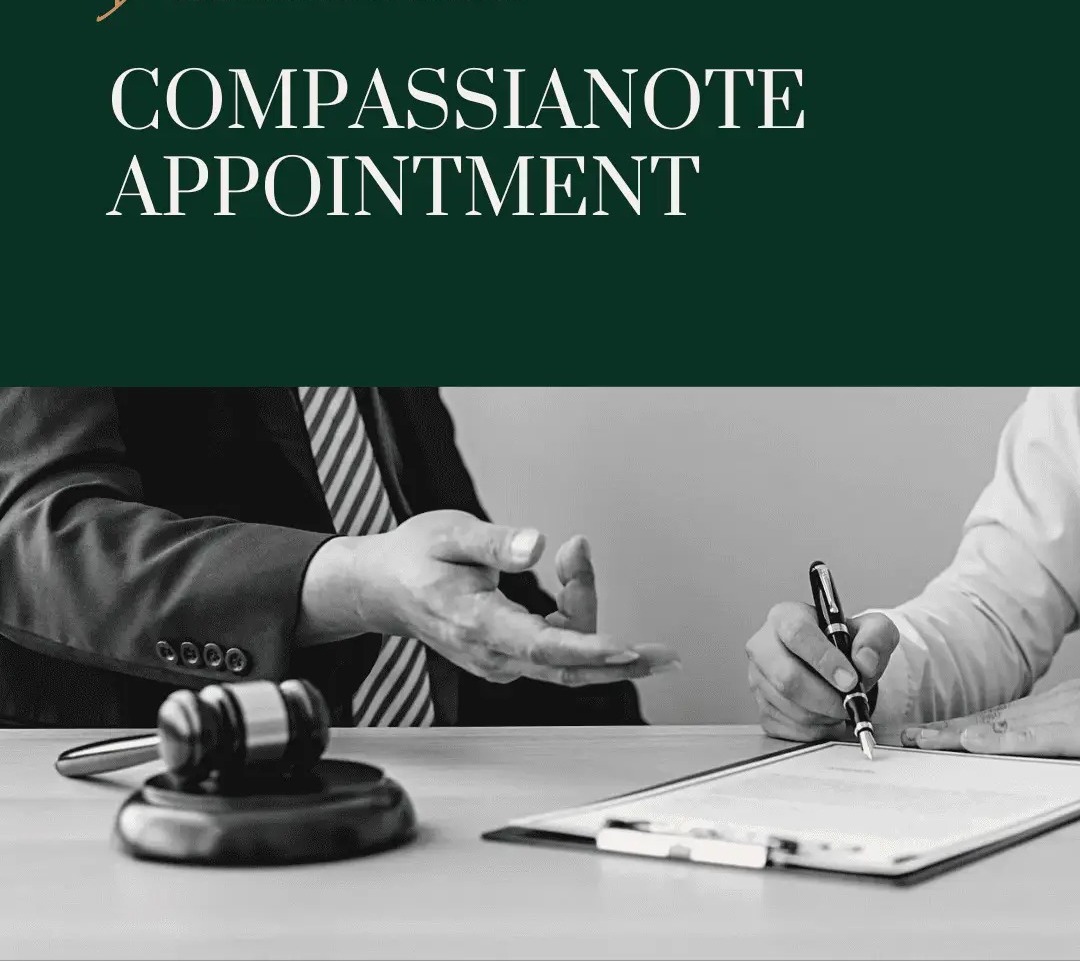Pritinker Diwaker, J
01. Challenge in the present appeal is to the judgment dated 31.1.2006 passed by Additional Sessions Judge (FTC), Raipur in ST No.347/2005
acquitting the respondent/accused of the charges under Sections 363, 366 & 376 of IPC.
02. As per prosecution case, on 21.9.2005 missing report (Ex.P/1) was lodged by father of the prosecutrix (PW-1 Gambhir Singh) alleging in it that his
minor daughter/prosecutrix has been allured away by the respondent/accused on 17/18th January, 2005. Based on this report, FIR (Ex.P/23) was
registered against the respondent/accused under Sections 363, 366 & 376 of IPC and after filing of charge sheet, the trial Judge framed charges
accordingly.
03. The prosecution in order to prove its case examined as many as 15 witnesses. Statement of the respondent/accused was recorded under Section
313 of CrPC in which he denied the incriminating circumstances appearing against him in the prosecution case, pleaded innocence and false
implication.
04. The trial Court after hearing counsel for the parties and appreciating the evidence on record, by the impugned judgment acquitted the
respondent/accused of all the charges leveled against him.
05. Learned counsel for the State/appellant submits that the trial Court has erred in law in acquitting the respondent/accused of the charges in the face
of evidence available on record proving him guilty and therefore, the judgment of acquittal is liable to be reversed.
06. On the other hand, learned counsel for the respondent/accused supporting the impugned judgment submits that the trial Court after due
appreciation of the entire evidence, particularly of the prosecutrix, has rightly acquitted the respondent/accused of all the charges and being so, no
interference in the judgment impugned is required to be made by this Court.
07. We have heard learned counsel for the respective parties and perused the material available on record.
08. From the evidence of the prosecutrix (PW-2) it is apparent that she accompanied the respondent/accused of her own free will, went with him to
the house of his maternal uncle at village Barbahli, stayed there in the night and next day both of them proceeded for Orissa where they visited several
places and after two days came back to village Girsul where she stayed in the house of the respondent/accused and according to her during all this
period, the respondent/accused had physical relation with her on the promise of marriage. In cross-examination she admits that she was having affair
with the respondent, at no point of time she offered any resistance to the act of the respondent or made any attempt to come out of his clutches or
informed anyone about the act of the respondent despite having sufficient opportunity to do so and that she had consented to the physical relation with
the respondent. This apart, according to PW- 14 Dr. Saroj Gandharv who medically examined the prosecutrix, she did not found any injury, external or
internal, on the person of the prosecutrix and that she was found to be habitual to sexual intercourse. For ascertaining her age, she referred the
prosecutrix for x-ray examination. Thus, considering the evidence of the prosecutrix, her conduct during the commission of the alleged offence and
subsequent thereto coupled with the medical evidence, the possibility of the prosecutrix being a consenting party to the act of the respondent/accused,
cannot be ruled out.
09. As regards age of the prosecutrix, there is no legally admissible evidence on record which could suggest that the prosecutrix was minor on the
date of incident. From perusal of the evidence of PW-1 Gambhir Singh, PW-12 Chakradhar and PW-13 Ghanshyam Singh Kashyap, who have been
examined by the prosecution for proving the minority of the prosecutrix, it is seen that there are contradictions in their evidence, the documents
produced in this regard have also not been proved as required under the law and further, there is no ossification test of the prosecutrix for ascertaining
her age, though she was referred for the same. Thus, it cannot be said with certainty that she was minor at the relevant time.
10. Considering the statement of the prosecutrix and other evidence available on record, the trial court has come to the conclusion that the prosecution
has failed to prove its case beyond reasonable doubt and thus acquitted the respondent/accused of all the charges levelled against him by giving him
benefit of doubt. We find no illegality in the judgment impugned acquitting the respondent particularly when there is a settled legal position that if on
the basis of record two conclusions can be arrived at, the one favouring the accused has to be preferred. Even otherwise, in the present case, the
prosecution has utterly failed in proving its case beyond reasonable doubt and therefore, the trial Court has been fully justified in recording the finding
of acquittal which is based on proper appreciation of evidence available on record. Furthermore, in case of appeal against the acquittal the scope is
very limited and interference can only be made if finding recorded by the trial Court is highly perverse or arrived at by ignoring the relevant material
and considering the irrelevant ones. In the present case, no such circumstance is there warranting interference by this Court.
11. Accordingly, the acquittal appeal preferred by the State/appellant being bereft of any substance, is liable to be and is hereby dismissed.

